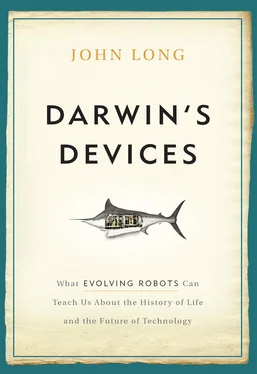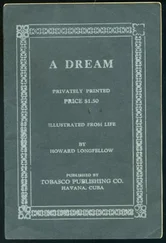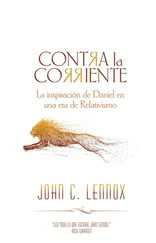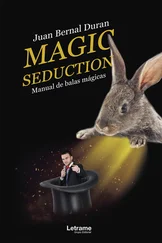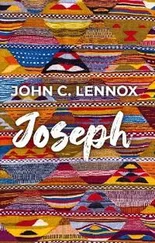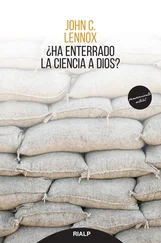Sounds a lot like a self-help manual, eh? That self-help, you-can-change, Zen-transformation approach to our own individual histories leads us to equate our own development with evolution. That’s the crux of the problem for our intuition. While both development and evolution are change-over-time phenomena, what changes in each process is different. Allow me to oversimplify: in development it’s not the genome that’s changing but rather what the genome makes, the material substances of the individual. In evolution it’s the genome that changes, and in spite of the fact that we can have cell-level mutations that make different copies of the genome within an individual, the only way for the changes in the genome to have an evolutionary impact is for those changes to occur in egg or sperm and be passed on to the next generation.
NATURAL SELECTION EVOLVES POPULATIONS
Here’s what natural selection looks like. Individuals in a population coexist in time and place. Individuals differ in their anatomy, physiology, and behavior. Openly or unknowingly, individuals cooperate and compete with each other for sex, sustenance, safety, and shelter. Some individuals are better than others at cooperating and competing. Differences in anatomy, physiology, and behavior cause some of the differences in cooperation and competition. Thus, differences in anatomy, physiology, and behavior endow some individuals with an advantage over others in the game of life and the struggle for existence. Those advantageous differences enhance some individuals’ ability to survive and make offspring. That’s natural selection.
If those advantageous differences can be passed on to offspring—meaning that those differences are encoded in part by genes—then the next generation will look, function, and behave differently from the previous generation. That’s evolution by natural selection. [4] This definition of natural selection is a bit different from that found in textbooks. In Mark Ridley’s excellent textbook, Evolution (3rd ed.)(Malden, MA: Blackwell Science, 2004), he enumerates Darwin’s four necessary and sufficient conditions for natural selection: (1) reproduction, (2) heredity, specifically, offspring resembling parents, (3) variation in individual characters among members of the population, and (4) that variation in reproductive output for individuals is tied to the variation in characters. Note here that the concept of a population is secondary; I make it primary in order to emphasize the concept of interaction of individuals and their world being defined by who they are with and where they are.
As you can see, with natural selection, as we’ve just defined it, some individuals wind up having more offspring than other individuals do (look back at Figure 2.1). Individuals that out-reproduce others are said to have been “selected for,” and those that lose in the game of life are said to have been “selected against.” In this sense, every single individual of the same species, together at the same time and place—a grouping that biologists call a “population”—is “under selection” if the conditions described above hold.
So the bottom line is this: individuals can be selected, if the conditions are right, but they don’t evolve. This selection means that only some of the parents reproduce, so each successive generation looks as a group very different from the parental population as a group . The group, the population moving through generational time, is the entity that evolves. Sorry, you rugged individuals, but that’s the way the game of life is played.
MAKING A DIFFERENCE
Because you, as an individual, don’t evolve, passing on your genome—making babies—is the best you can hope to do in the evolutionary game of life. Individual life-forms can make babies in two ways. They can make multiple copies of themselves that have nearly identical genomes, a process that biologists call cloning, or asexual reproduction. Individual life-forms may take a second path, sexual reproduction, in which the individual produces eggs or sperm, known collectively as gametes, and engages in some process to put their gamete in close proximity to another gamete from the same kind of life-form. Most plants and animals reproduce sexually. Plants do this, as your parents told you, with flowers and pollen, sometimes with an animal, like a bee, acting as the intermediary. Animals reproduce sexually either by spawning or by depositing gametes in their partners.
Generally speaking, sexual reproduction brings together the genomes from two different individuals into one new individual; it is thought to be better than asexual reproduction in producing offspring that are variable (although some plants can fertilize themselves). Both asexual and sexual reproducers can also have mutations—changes in the genetic code—that can be passed on. To be passed on, the mutations have to occur in the cells that will make the offspring. For sexual reproducers that means mutations have to occur in the cells that create gametes. The making of gametes, a process known as gametogenesis, has several important features. One is that each gamete gets only half the parent’s genetic material, one from every pair of chromosomes (in humans, most cells have twenty-three pairs of homologous chromosomes, for a total of forty-six, and gametes have just twenty-three unpaired chromosomes). Another is that during gametogenesis a process known as crossing over, or recombination, occurs; essentially this means that the genetic material from one chromosome in a pair is shuffled to the other before the pair is split up and delivered to separate gametes. The result is both new (mutated and/or recombined) genes, and new combinations of genes in every gamete produced.
Sexual reproduction’s secret weapon is the final twist: bringing together sperm and egg. When sperm and egg meet, they create a single cell, called a zygote, which has half the genome of each parent. You can see right away why offspring from sexually reproducing parents are different and why sexual reproduction is such an excellent means of producing the variable populations required for evolution by natural selection to happen.
MEASURING EVOLUTIONARY CHANGE
You’ve got enough information now to figure out how you can detect evolution in action. Think about measurement. What could you measure? Keep in mind that you’ve got to measure features of the population. You need to sample individuals and claim, usually with statistical reasoning, that the individuals you sampled represent the whole population. Or better yet, measure every individual in the population, as Rosemary and Peter Grant have done with ground finches on the island of Daphne Major in the Galapagos.
If you head out to Daphne Major with the Grants, you’ll see that they net finches, weigh them, and quickly measure the size and shape of their bodies with a pair of calipers, which is basically a high-resolution ruler. [5] You can take this journey by reading Jonathan Weiner’s book The Beak of the Finch: A Story of Evolution in Our Time (New York: Alfred A. Knopf, 1994).
They tag each individual with colored bands so that they can keep track of them. They spend hours and days observing males and females nesting together as the birds select and process food, lay eggs, and feed chicks. They measure and tag the chicks. The mountains of data, collected over years, are then analyzed for things like the average length of the bill in that generation of birds. The Grants can then look at how the average length of bills (and many other features) changes from generation to generation. They can also measure how the variability, what statisticians call variance, of the length of the bill changes over generational time.
Читать дальше
